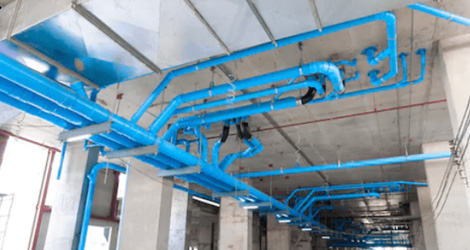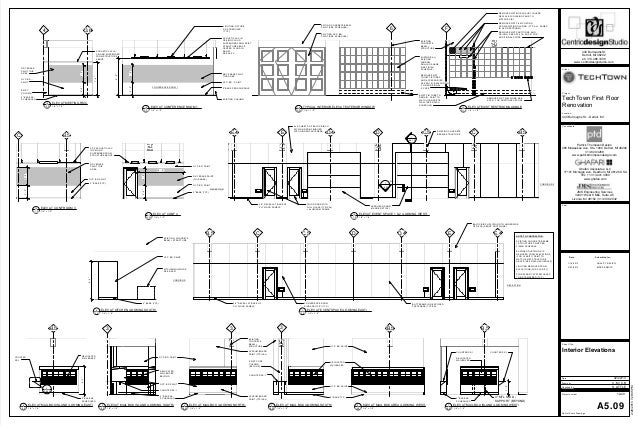
To estimate water usage early, we will take the bed count (260 beds + 200 future) and multiply the beds by 300 gpd. The 300 gpd/bed (for plumbing) is good for larger facilities, but needs should be adjusted lower for smaller facilities (you will gain more finesse through time).

The gpd/bed has been decreasing over the last decade, so it is important to understand the building to which you will be providing water. Based on its data, the median hospital use of gpd/bed would be 315 gallons. Environmental Protection Agency’s WaterSense program monitors water use at more than 960 hospitals around the country. I found 300 gpd/bed to be a good average number for this facility size for starting early calculations. This means that your 460-bed hospital could use as much as 138,000 gallons of water each day.

He estimates the average daily consumption between 235 gpd/bed and 300 gpd/bed (excluding mechanical). This 300 gpd/bed is also referenced in the ASPE out-of-print publication, “High-Rise Plumbing Design” by Alfred Steele. This chart indicates a range from 132 to 251 gallons/day (gpd) per bed, with a typical of 172 gpd/bed for a hospital. In addition to the mechanical makeup, Table 8-8 in the American Society of Plumbing Engineers (ASPE) “Design Handbook Wastewater Flows, Volume 2” includes a chart that can be used to determine how much water you may need for the hospital. To estimate the water needs for your project, you will need to obtain an estimate for what your mechanical engineer needs in makeup water in gallons/day. The line sizes will be revisited and refined as the building gets more defined. While gathering this information, you will need to evaluate the domestic water usage, as the civil engineer will need to prepare for line sizes and locations early in the design.

It will have 20 operating rooms, two magnetic resonance imaging machines, four CT machines, four X-ray units, a 30-bed emergency department with four trauma rooms, and another 200-bed future expansion.Ī hemodialysis unit, a three-chamber hyperbaric unit for wound care, other support departments such as a laboratory and a central sterile or sterile processing department will be a part of these facilities. The new ground-up hospital (green build) will be a six-story, 600,000-square-foot, 260-bed, level-one trauma center.

So, your firm has won the project, and it’s time to start the preliminary plumbing design for the building or buildings.


 0 kommentar(er)
0 kommentar(er)
